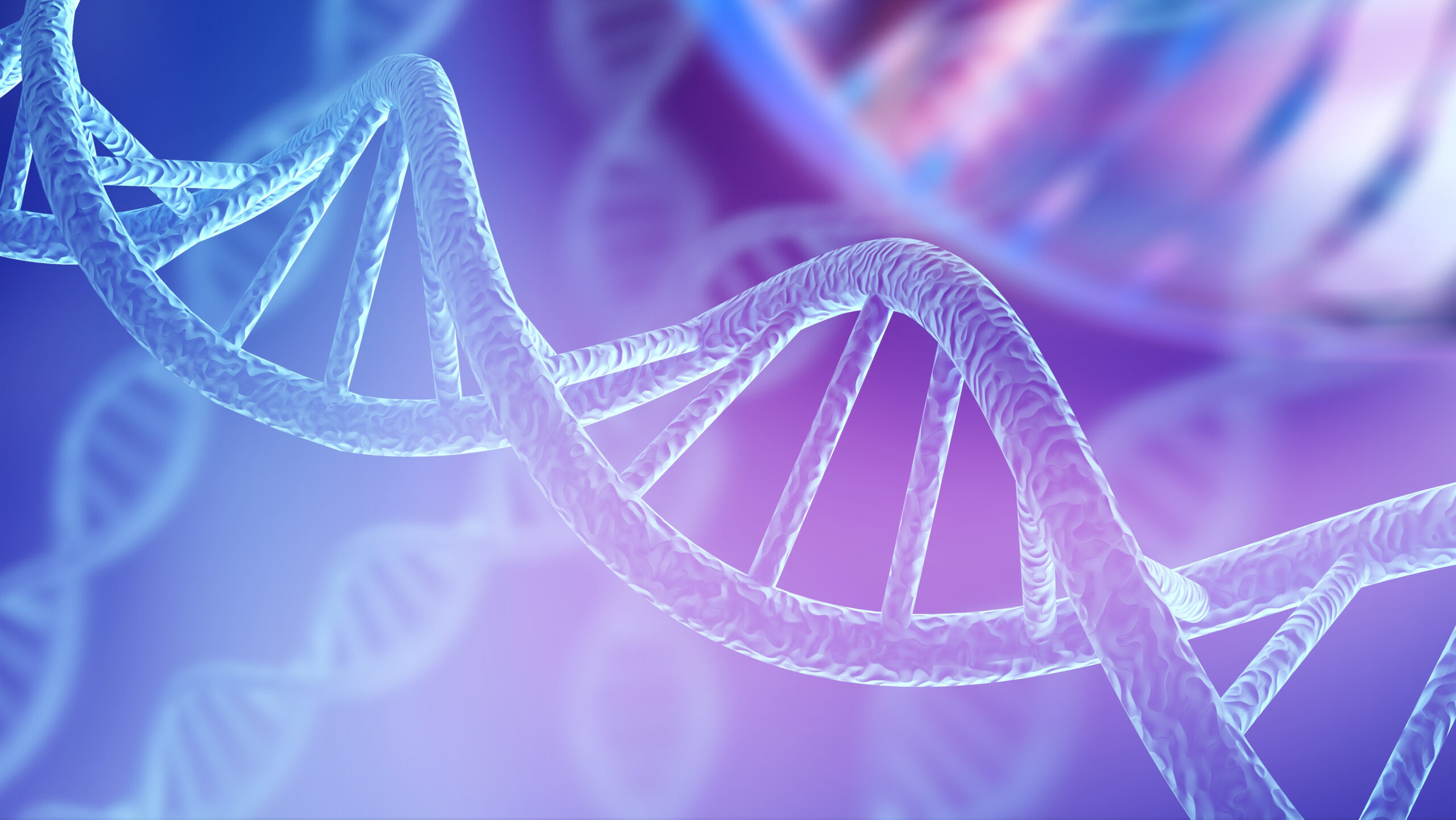Science is usually taught in school as three separate subjects, Biology, Chemistry and Physics. It may seem that they are three distinct areas of study. In the real world of scientific research, the boundaries are often blurred as shown in the two discoveries celebrated here.
Chemicals of Life
Until the mid-nineteenth century it was believed that the substances that make up living creatures, organic compounds, must be different to the inorganic compounds that chemists can synthesise in their laboratories. In 1828 Friedrich Wohler proved this idea wrong by making urea, an organic compound from ammonium cyanate, an inorganic compound.
Long before Wohler’s discovery, it was recognised that plants and animals contained a group of substances that were named proteins. In 1837 Gerhardus Johannes Mulder showed that all proteins contained carbon, hydrogen, oxygen, nitrogen, phosphorus and sulfur in similar proportions. Many chemists became interested in studying the chemicals involved in life, such as Felix Hoppe-Seyler
In 1868 Hoppe-Seyler was joined in his laboratory in Tubingen Castle in Germany by a keen, young student, Johannes Friedrich Miescher. Miescher was born in Basel, Switzerland and initially wished to train as a priest. His father, though, made him train in medicine. Miescher had a hearing problem, so instead of treating patients he decided to do medical research. He joined Hoppe-Seyler intending to use chemistry to study the “last remaining questions concerning the development of tissues”.
Discovering DNA
Miescher was given the task of separating the chemicals in white blood cells that are formed in the lymph glands. He found that the best source of white blood cells was the pus from surgical wounds which he collected on bandages from a nearby clinic. He found that most of the content of the cells (the cytoplasm) was made up of proteins. He noticed something else. There was a substance that dissolved in alkali and was precipitated when an acid was added. He thought this substance must come from the nuclei of the cells.
Cell nuclei had been seen by the first microscopist, Anton von Leeuwenhoek, in the late seventeenth century, but no one knew what their function was. Miescher set about separating and investigating this substance from nuclei. First, he washed the pus in a solution of sodium sulfate. This separated out the white blood cells. Then he soaked the cells in cold dilute hydrochloric acid for a few weeks. This drew all the cytoplasm from the cells leaving just the nuclei. He washed the nuclei in a mixture of water and ether to remove fatty substances. Finally, he added alkali to dissolve the substance he was trying to isolate and then added acid to form the precipitate.
Miescher carried out this work in 1869. He found that the substance was not a protein because it did not contain sulfur and had more phosphorus than proteins. He named it “nuclein”. He did not know what its job was in cells but as it made up most of the nuclei, he thought it must be important. Miescher’s first published papers on nuclein, or DNA (DeoxyriboNucleic Acid) as it is now called, appeared in 1871.
Probing proteins
In the early twentieth century, few scientists considered DNA as important to life as proteins. Proteins have many functions: some like, Keratin form skin, hair and nails; hormones such as insulin and melatonin send messages to cells to carry out their jobs; enzymes, such as amylase, carry out reactions in cells and in bodily fluids such as saliva. Scientists wanted to find out the structure of the proteins to understand how they worked and how they could be made. In the 1930s a new method became available, X-ray Crystallography.
Crystals diffract X-rays forming a pattern of spots on a photographic film. The arrangement of the spots relates to the position of atoms in the crystal. By 1930 many inorganic compounds such as sodium chloride had been studied. Proteins can also form crystals if conditions are controlled carefully. Dorothy Crowfoot Hodgkin was among the first to work on X-ray Crystallography of proteins.
A life’s work
Dorothy was born in 1910 in Cairo, Egypt, which was then under British control. Her father worked for the Ministry of Education. At the age of four, Dorothy was left with her grandparents in the UK. She attended a high school in Suffolk where she was one of two girls to study chemistry. At the age of eighteen she joined Somerville College, Oxford to take a degree in Chemistry. In 1932 she moved to Cambridge University to work with J.D.Bernal, one of the pioneers of X-ray Crystallography who worked with organic compounds. Bernal encouraged women to join his team which was unusual for the time.
In 1934 Dorothy was attracted back to Oxford to set up her own X-ray department. She was given a crystalline sample of insulin by the Oxford chemist Robert Robinson. Insulin has a vital role in controlling the sugar in the blood. Low levels of insulin in the body cause diabetes. It was therefore, a very important protein to understand. Dorothy began to take X-ray diffraction photographs of the sample, but insulin is a very large protein. The pattern of spots was too complicated at first for Dorothy to analyse.
Over the next thirty years Dorothy did vital work on protein structures including penicillin (1945), and vitamin B12 (1955). For the latter work she was awarded the Nobel Prize for Chemistry in 1964. All the time she continued to work on insulin.
Meanwhile, the real role of DNA in genetics was discovered. In 1953 the X-ray photos of DNA made by Rosalind Franklin helped Francis Crick and James Watson construct a model of its double-helix structure. This is much simpler than the shape of most proteins.
Proteins are made up of chains of amino acids which fold into various shapes. Insulin has 51 amino acids and a molecular mass of nearly six thousand. By the time she received her Nobel Prize, Dorothy Hodgkin had developed a great understanding of protein structures. She had built a loyal team at Oxford University, so it was time to tackle the structure of insulin. New chemical methods were used to get clearer X ray diffraction patterns and in 1968 Dorothy took delivery of a new computer-controlled X-ray machine. The development of computing in the 1960s had made the calculations required to analyse the pattern much faster. The result is a map of the distribution of electrons in the molecule from which the positions of the atoms can be found..
In July 1969 they had their electron density map. Over a weekend they built a plastic model of the insulin molecule. A month later Dorothy and her team announced their structure to three thousand delegates at the Eighth International Congress of Crystallography in New York.
Dorothy continued to work on insulin until 1988 producing more and more precise and accurate structures. It was hoped that once the shape of the molecule was known it would become easier to understand how it works in the body and suggest ways of manufacturing it. While Dorothy cared deeply about people who suffered from diabetes she would not comment on the behaviour of the molecule in biological circumstances. Her expertise was in the physical-chemical knowledge and skills required for working out the structure of the molecule.
Tasks
- Find out more about the lives of Friedrich Miescher (1844-1895) and Dorothy Crowfoot Hodgkin (1910 -1994).
- What property of DNA (nuclein) allowed Miescher to separate it from other substances in white blood cells?
- Miescher later found that salmon sperm were a better source of DNA. Suggest reason for this.
- Why was DNA considered less important than proteins until many years after Miescher discovered it?
- The first X-ray crystallography was carried out on salts like sodium chloride and copper sulfate. Why was it more difficult to determine the structure of proteins?
- Many women took up X ray Crystallography including Dorothy Hodgkin, Rosalind Franklin, Kathleen Lonsdale. Why do you think women were attracted to this branch of science?
- Dorothy Hodgkin is the only British women to win the Nobel Prize for Chemistry but there are only five female winners in all. Find out who they are. Why do you think the number is so small?
- Why did Dorothy Hodgkin and her team have to wait until the late 1960s to be able to complete the structure of insulin?
- The discovery of protein structures draws on biology, chemistry and physics. Discuss this statement.
- Why is the shape of a protein so important?
By Peter Ellis
View Secondary Science resources from Collins >
Bibliography
Oxford Dictionary of Scientists. pub. OUP
Dorothy Hodgkin, a life, Georgina Ferry pub. Granta 1998
www.dnaftb.org/15/bio.html (DNA from the beginning, Friedrich Miescher)
https://www.tau.ac.il/~talp/teaching/miescher.pdf (Friedrich Miescher and the discovery of DNA)
https://www.slideshare.net/sabarnisarker/history-of-protein-discovery
https://en.wikipedia.org/wiki/Dorothy_Hodgkin
https://en.wikipedia.org/wiki/List_of_female_Nobel_laureates
http://www.vivo.colostate.edu/hbooks/pathphys/endocrine/pancreas/insulin_struct.html (insulin structure)



